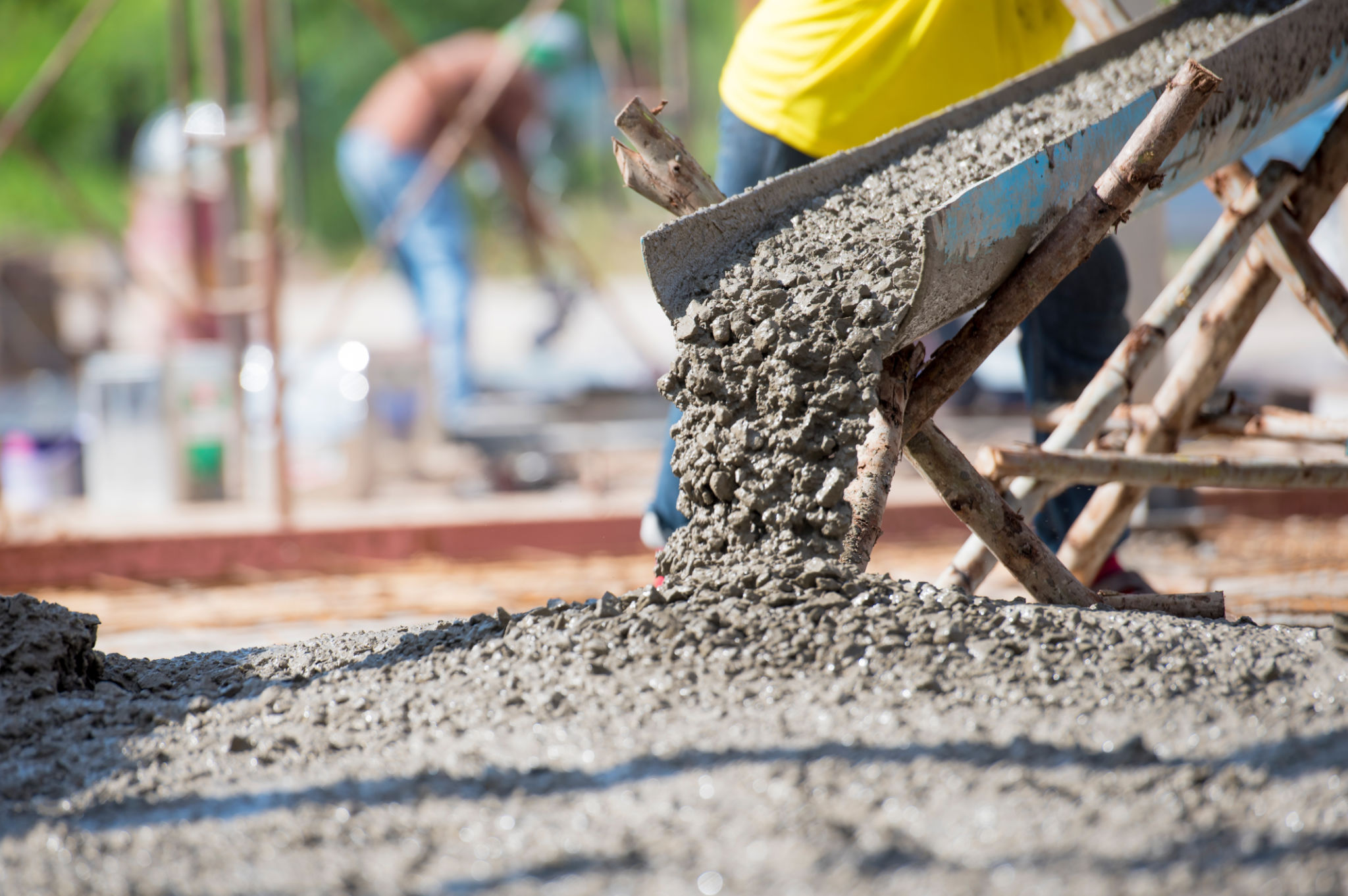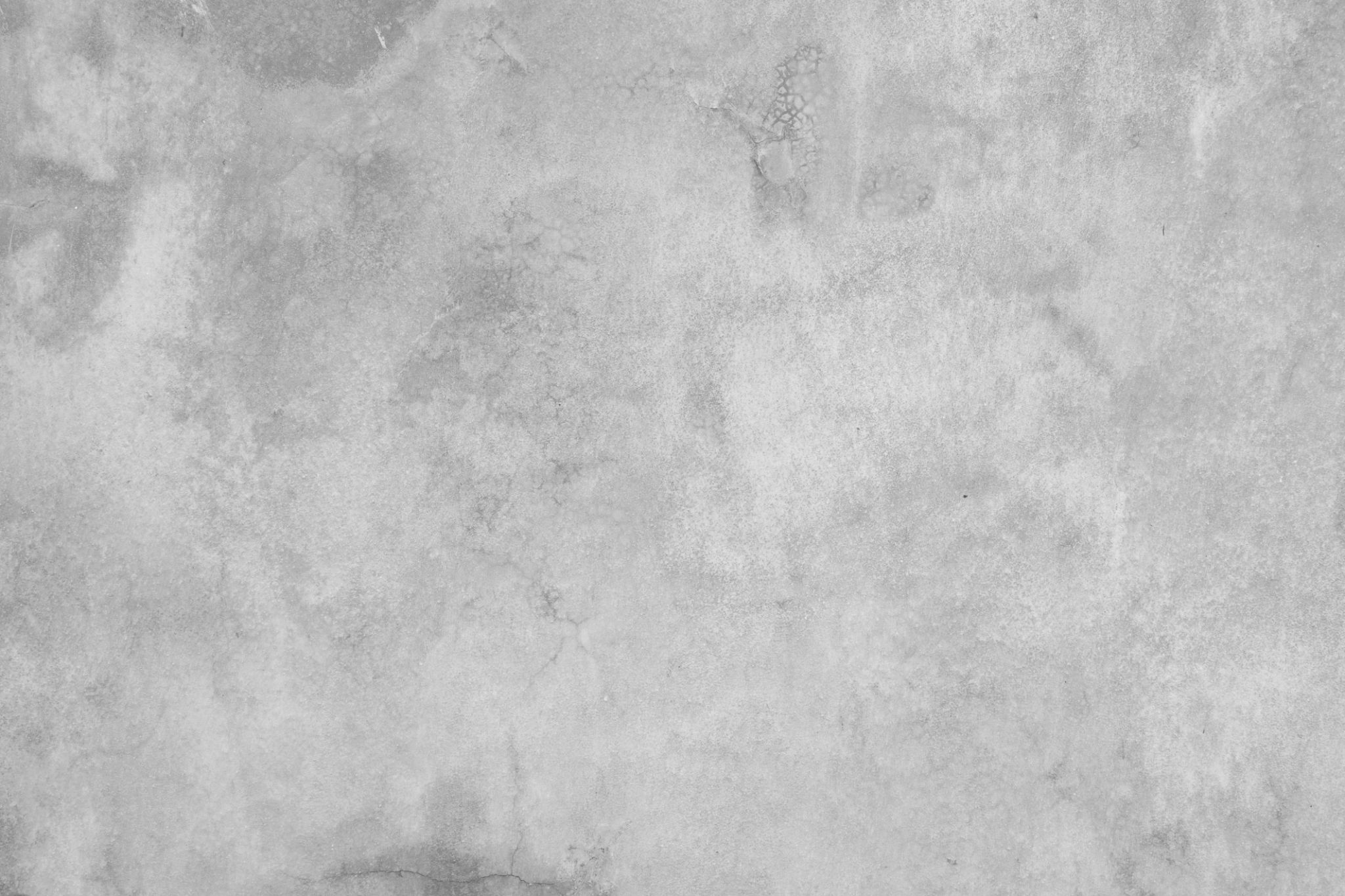Common Misconceptions About Concrete Services: Expert Answers
Understanding Concrete: Clearing Up Common Myths
Concrete is a versatile and durable building material that is used in a wide range of construction projects. However, despite its popularity, there are several misconceptions about concrete services that can lead to confusion and misinformation. In this post, we aim to debunk these myths with expert insights.

Myth 1: Concrete and Cement Are the Same Thing
One of the most common misconceptions is that concrete and cement are the same. In reality, cement is just one component of concrete. Concrete is a mixture of cement, water, and aggregates such as sand, gravel, or crushed stone. Cement acts as a binder that holds the mixture together. Understanding this distinction can help in making informed decisions about your construction needs.
When planning a project, it's crucial to specify whether you need cement or concrete, as they serve different purposes. Cement is often used for smaller projects or repairs, while concrete is essential for larger structures like driveways and foundations.
Myth 2: Concrete Is Always Gray
While the typical image of concrete is a dull gray slab, it doesn't have to be. Thanks to modern technology, concrete can be colored and textured to match a variety of aesthetic preferences. By using dyes, stains, or integral pigments, you can achieve a wide range of colors and finishes. This flexibility makes concrete an attractive option for decorative purposes in both residential and commercial settings.

Myth 3: Concrete Cracks Over Time
Another prevalent myth is that all concrete eventually cracks. While it's true that improper installation or lack of maintenance can result in cracking, well-installed concrete should remain crack-free for many years. Factors such as the mix design, proper curing, control joints, and reinforcement play a significant role in preventing cracks.
To ensure longevity, it is vital to work with experienced professionals who understand the intricacies of concrete installation. Regular maintenance, such as sealing and cleaning, can also help enhance the durability of your concrete surfaces.

Myth 4: Concrete Is Not Environmentally Friendly
There's a misconception that concrete is harmful to the environment due to its energy-intensive production process. However, recent advancements have made it possible to produce more sustainable concrete options. These include using recycled materials as aggregates and employing alternative fuels in cement production.
Moreover, concrete structures are energy-efficient as they provide good thermal mass, reducing heating and cooling demands. Additionally, their longevity minimizes the need for replacements, further conserving resources.
Myth 5: DIY Concrete Projects Are Simple
Many people believe that concrete projects are easy to tackle on their own. While small repairs might be manageable, larger projects require precise measurements, mixing, and finishing techniques that only professionals can provide. Mistakes in any phase of the process can lead to costly repairs or replacements down the line.
Hiring experienced contractors ensures that your project is executed correctly and efficiently. They possess the necessary skills and equipment to handle complex tasks and achieve high-quality results.

The Importance of Expert Guidance
In conclusion, understanding the realities of concrete services helps in making informed decisions whether you're planning a new build or renovating an existing space. By debunking these myths, we hope to provide clarity and encourage consumers to seek expert advice when needed.
Concrete remains an essential material in modern construction due to its strength, durability, and adaptability. Engaging with knowledgeable professionals will ensure that your project not only meets but exceeds expectations.
